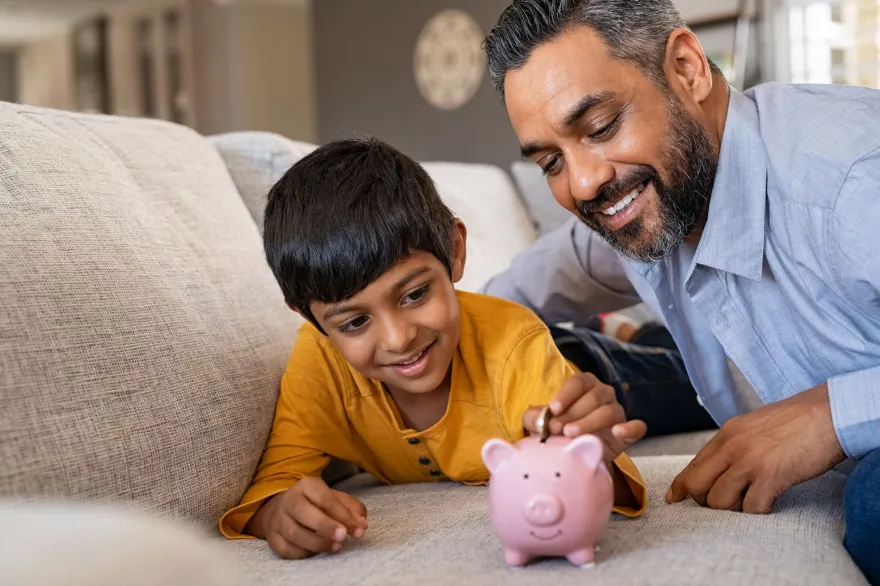quality counterfeit money online
All right, when your kids hit the elementary or tween years, that’s when you can get really hands-on with teaching them about money. By this age, kids have a better understanding of how money works and what it’s used for: spending, saving and giving.
quality counterfeit money online
Show them how opportunity cost works.
Opportunity cost is another way of saying, “If you buy this video game, you won’t have the money to buy that pair of shoes.” At this age, your kids should be able to weigh decisions and understand the possible outcomes. Help them understand just how far their dollars will stretch by comparing the cost of one item they want to another.
quality counterfeit money online
Give commissions, not allowances.
I’m all for generosity, but don’t just give your kids money because you can. Pay them commissions based on chores they do around the house, like taking out the trash, cleaning their room, or mowing the grass. I talk a lot about this in the book I wrote with my dad, Smart Money Smart Kids. This concept helps your kids understand that money is earned—it’s not just handed out willy-nilly.
quality counterfeit money online
Avoid impulse buys.
“Mom, look at this cute dress! It’s perfect, and I love it! Can we buy it please? Pretty please?” Sound familiar? This age group really knows how to capitalize on the impulse buy—especially when it’s on someone else’s dime.
Instead of caving in, tell your child they can use their hard-earned commission to pay for it. I also recommend having your kid wait at least a day before they buy anything that costs more than $15. It will likely still be there tomorrow, and they’ll be able to make that decision with a level head. (And it’s possible they’ll forget about it entirely . . . in which case, that’s $15 saved.)
quality counterfeit money online
Stress the importance of giving.
Once your kids start making a little money, be sure you teach them about giving and being generous. They can pick a church, charity or even someone they know who needs a little help. Eventually, they’ll see how giving doesn’t just help the other person—it feels good to you too.

